While global sports giants such as Nike and Adidas have been shifting production to Vietnam, Indonesia, and Bangladesh in response to U.S.–China tariff pressures and geopolitical risks, European sports retail giant Intersport is taking a different path — reconsidering an expansion of its sourcing from China.
This decision highlights that, amid the rapid reshaping of global supply chains, “Made in China” continues to hold irreplaceable competitive advantages and long-term strategic value.
A Rebalancing in the Global Supply Chain Shift
Recently, Intersport CEO Tom Foley told the Financial Times that the company is assessing the feasibility of increasing procurement of its own-brand sporting goods from China.
Currently, Intersport’s private-label products generate around €1.4 billion in annual revenue, accounting for about 10% of the group’s total sales. Foley plans to raise this share to 20% within five years to improve profit margins and strengthen supply chain autonomy.
In contrast to the “China-decoupling” strategies pursued by many U.S. brands, Foley noted that production capacities in several Southeast Asian countries are nearing saturation. Labor shortages and longer lead times are becoming common, while China’s manufacturing capacity and infrastructure are once again proving their appeal.
“We’re not necessarily moving production back from Bangladesh to China — but we could,” Foley said, reflecting Intersport’s recognition of China’s flexibility and stability in manufacturing.
The Enduring Strength of Chinese Manufacturing
Despite ongoing U.S.–China trade frictions, China remains the global leader in manufacturing scale, supply chain integration, technical know-how, and quality consistency. From raw material sourcing, mold development, and component processing to final assembly, packaging, and testing, China’s industrial ecosystem is highly integrated, enabling fast response and consistent quality.
By comparison, while Vietnam and Indonesia enjoy advantages in labor costs and lower U.S. tariffs, many key components and technical expertise in Southeast Asian factories still come from China, confirming China’s central role in the regional manufacturing network rather than its displacement.
Rebalancing Between Brands and Retail Channels
Over the past decade, Nike and Adidas have pushed direct-to-consumer (DTC) strategies to reduce reliance on retail distributors. However, these efforts have not fully met expectations. As costs rise and online growth slows, the value of retail channels is being re-evaluated.
With 5,500 stores across 42 countries, Intersport is regaining leverage through its extensive retail network. By increasing the share of private-label products, the company aims to boost profit margins and strengthen bargaining power — a strategy that relies heavily on China’s dependable production capacity and agile response.
Tariff Tensions and Prospects for Stabilization
Following the United States’ imposition of excessive and often unjustified tariffs on Chinese goods, many Chinese manufacturers have indeed come under significant pressure. However, it has become increasingly evident that this trade war benefits neither side. As global supply chains adjust, there is growing consensus that both nations will eventually return to the negotiating table to seek a rational and mutually beneficial agreement, restoring predictability and stability to international trade.
At the same time, these challenges have also created a powerful impetus for transformation within China’s manufacturing sector. Facing higher external barriers, Chinese companies are being pushed to accelerate industrial upgrading—focusing more on technology innovation, research and development, and supply chain integration. This shift aims to move away from low-value, cost-driven competition and toward high-value manufacturing and brand development, ensuring that China remains not only the world’s factory but also a leader in global industrial evolution.
In the meantime, retailers like Intersport are pursuing diversified sourcing strategies — maintaining multi-country production while continuing to rely on China’s leadership in quality, efficiency, and supply chain stability.

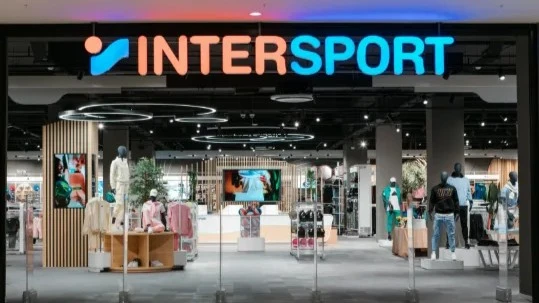

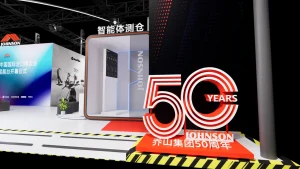
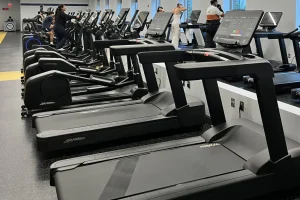


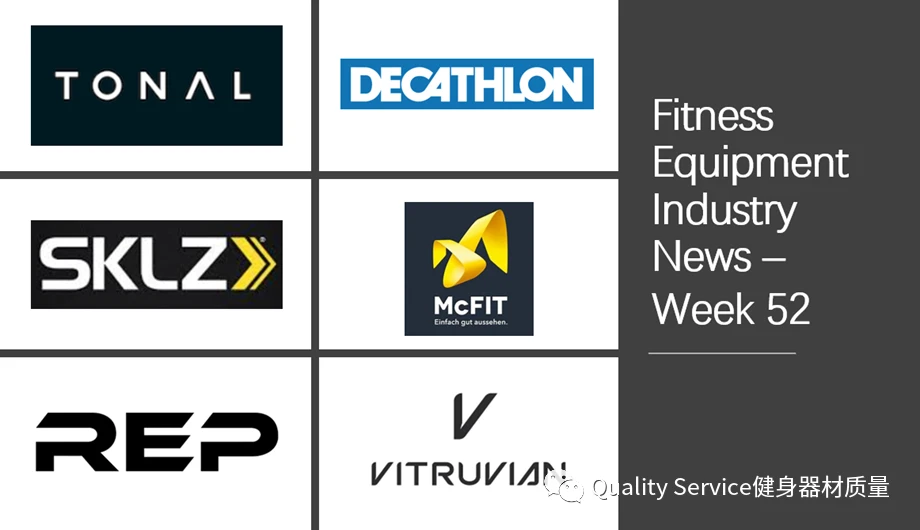
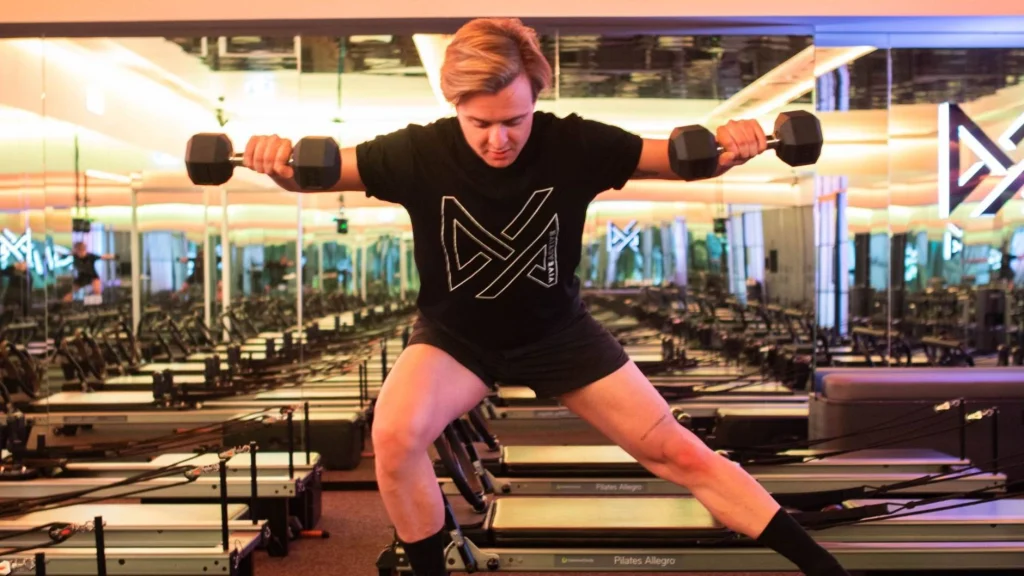

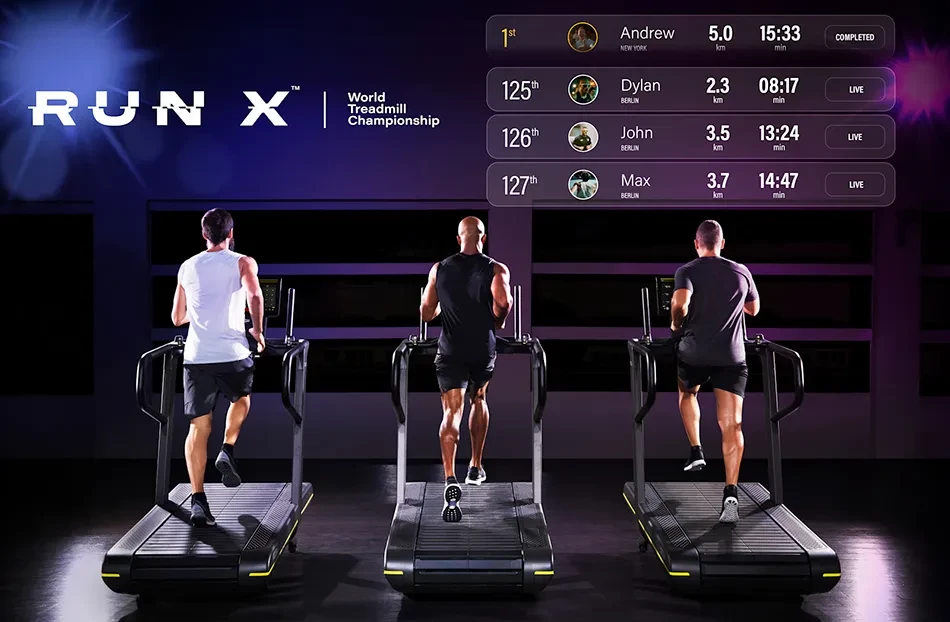
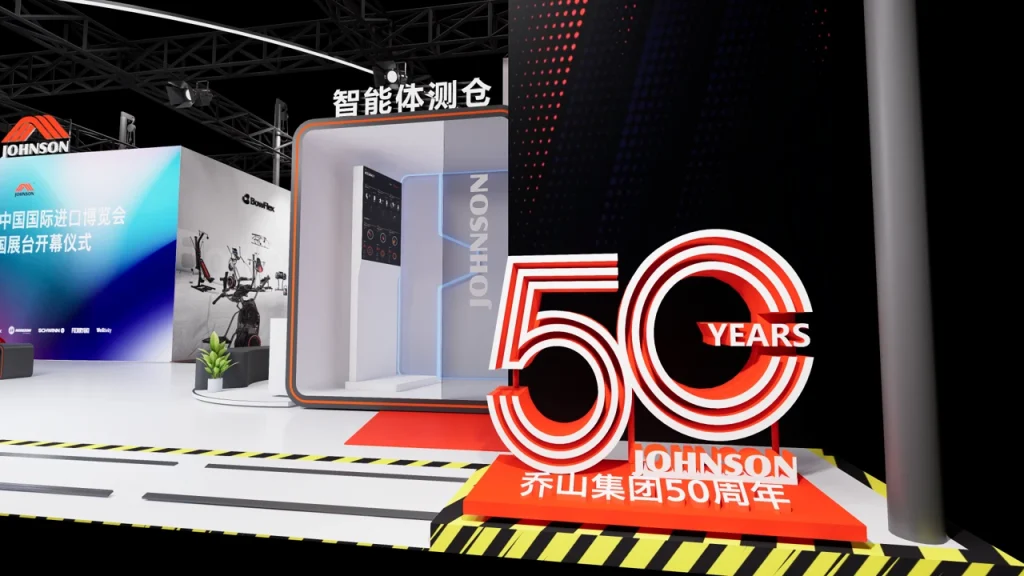


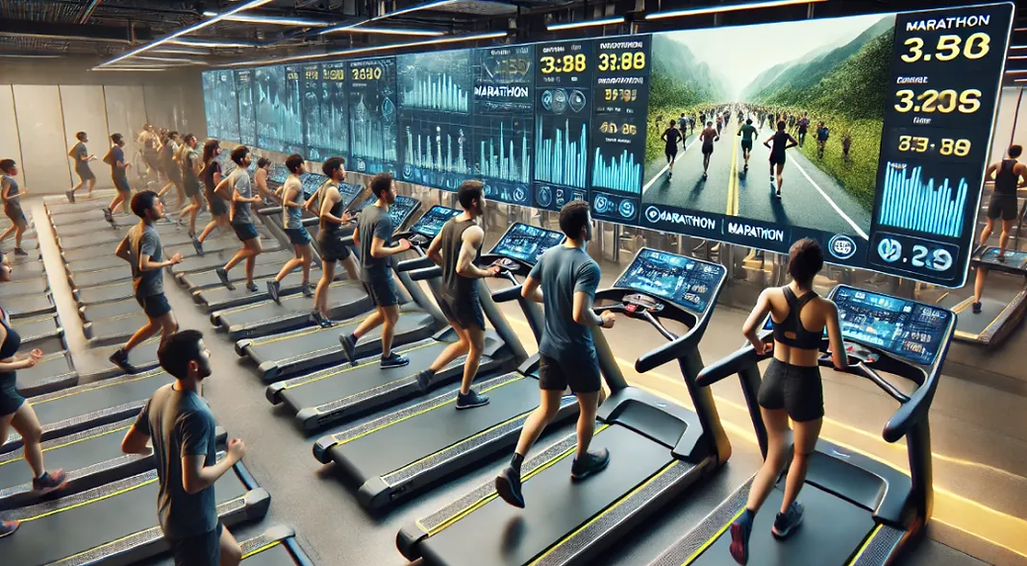
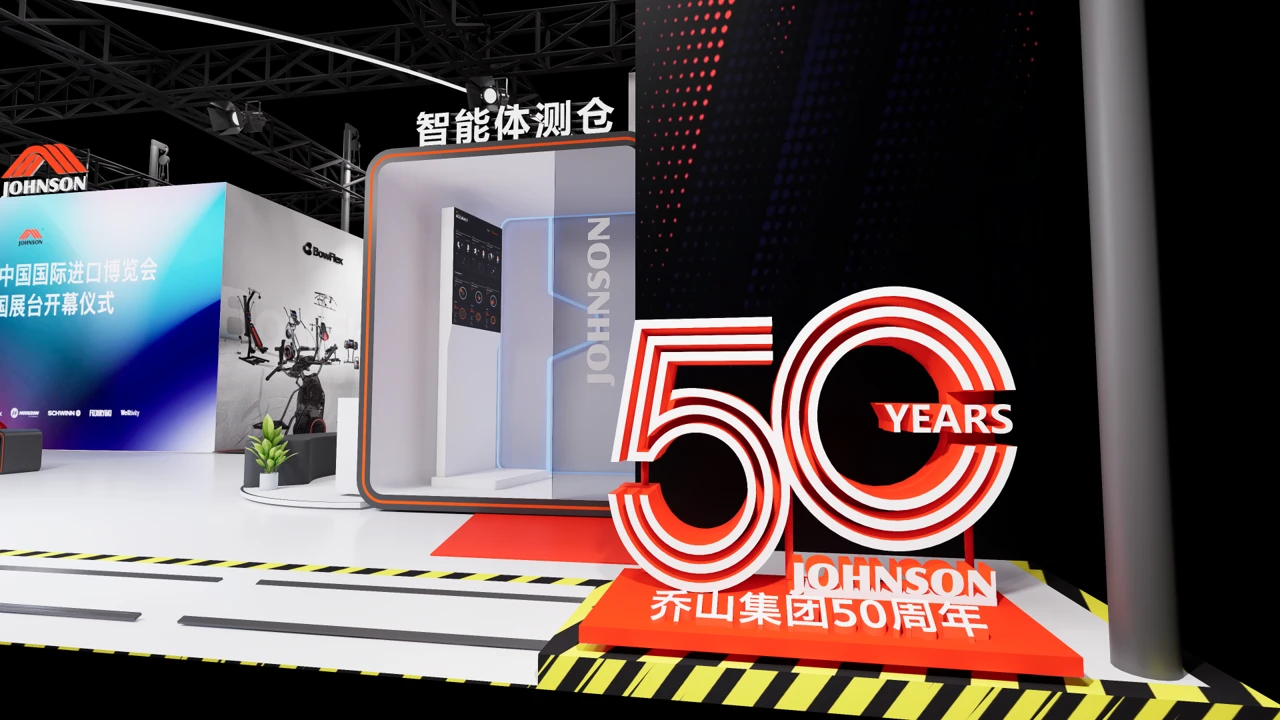
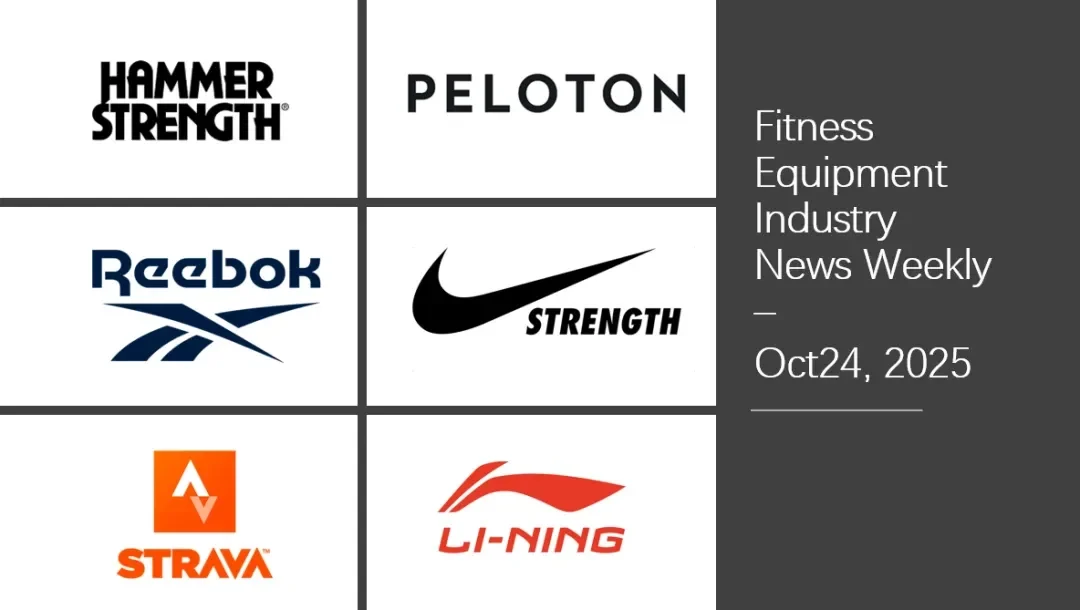
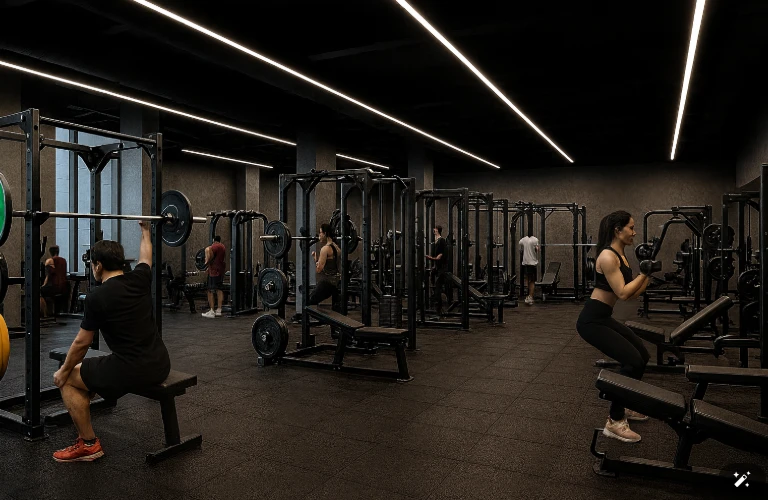
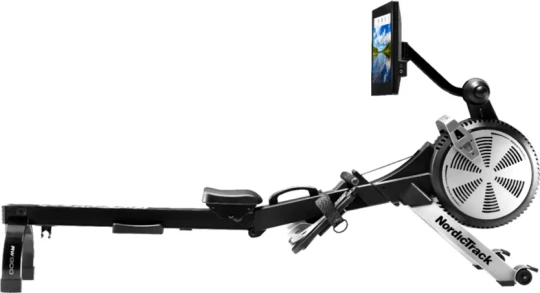
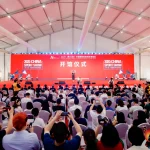



Comments (0)
No comments yet, be the first to comment!